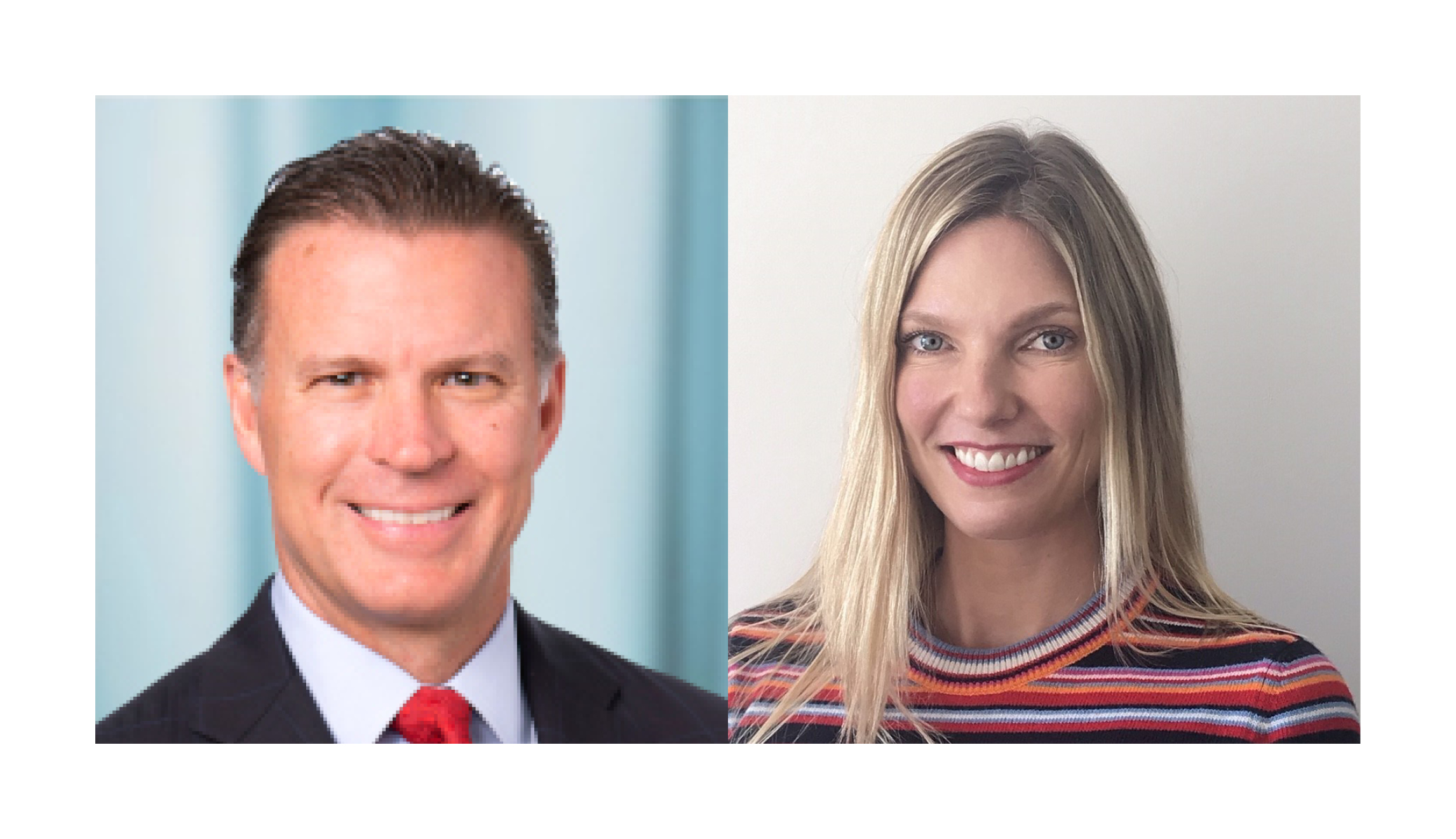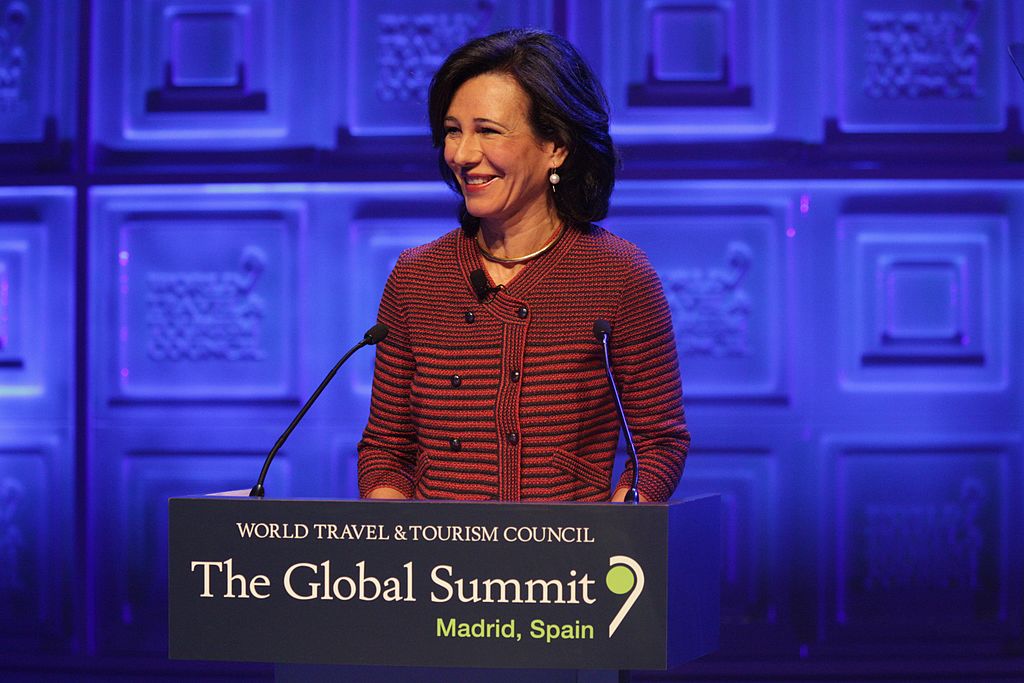Pictet Asset Management: How to Invest Using the Planetary Boundary Framework?
| For Meritxell Sedo | 0 Comentarios

In recent years, environmental or “green” investing has attracted investor interest. However, quantifying the impact of a portfolio’s investments on the environment remains a persistent challenge. One solution to this problem is the Planetary Boundaries framework developed by a team of eminent scientists at the Stockholm Resilience Center (SRC). In a recent talk moderated by Matthew Miskin, Co-Chief Investment Strategist at John Hancock Investment Management, Dr. Sarah Cornell, Associate Professor at the SRC, explained what the key components of this framework are and how it can help investors better understand the environmental cost of economic activity. Meanwhile, Dr. Steve Freedman, Sustainability and Research Manager on Thematic equities at Pictet Asset Management, and Gabriel Micheli, Senior Investment Manager, explored effective ways to use sustainable and impact investing strategies as a tool to enhance returns.
According to Freedman, the best way to avoid falling into the greenwashing trap is to really understand environmental science and ensure that the best thinking within this science is reflected in how an investment portfolio is constructed and managed. Because there are still many shades of gray within sustainable, responsible and impact investing, and there is no consensus on whether all investing that the sustainable label has deserves to be called that.
Prior to the launch of the Global Environmental Opportunities strategy in 2014 in Europe, Pictet Asset Management conducted a huge debate to assess the available frameworks for sustainable investing with an in-depth analysis of their robustness and integrity. When choosing a framework, it was also necessary that it could be applied in practice, so the fund manager opted for the Planetary Boundaries framework developed by the SRC.
Environmental damage
In Sarah Cornell’s view, there is a need to understand the resilience of all social-ecological systems, at all scales, from the household to the whole planet, and to propose ways to navigate the complex processes of change that the planet is undergoing.
The global environment is changing. Climate change and biodiversity loss are in the news almost daily. Even without going into the scientific details, people have come to realize that, year after year, global warming is intensifying with a pattern of degradation, damage, and destruction of life on Earth, caused directly and indirectly through collective human activity.
The list of environmental damages is extensive, but damage to climate and biodiversity stand out because in a sense these two aspects are what define this planet. In a warmer and more turbulent climate the operating environment for businesses will be much less predictable in the future than it has been in the past. It is living nature that sets the Earth apart from other planets; the loss of that nature makes the world less resilient to climate change and other potential climate-related changes that affect large-scale use of land, water and natural resources such as forests.
At large scales, these changes lead to multiple stresses and vulnerabilities on the Earth’s ecosystems. Regenerative and productive landscapes are needed because there are increasing calls to move away from fossil fuels and these landscapes are needed to buffer the impact on society of resource scarcity and problems of inefficiencies in their distribution.
Humans collectively are changing the chemistry of life, even at its most basic level, such as the nutrients that support growth: nitrogen and phosphorus are changing, more than doubling their natural rate of fixation. These global changes in the fundamental biochemistry of life are not being translated into environmental agendas, nor are they being considered as global problems in the nutrients that sustain life.
A particular concern at this time is the transition from a fossil fuel economy to a bio-based economy. Because this is creating an urgent need to understand the role of society in these perhaps quite archaic global flows of nitrogen and phosphorus and other essential elements to and the wonderful human ingenuity and illogical capacity also introduces problems, in particular, new chemicals, substances of very high concern, we might call them, this kind of pollution creates planetary pressures as well.
The Planetary Boundaries framework
Developed a decade ago, the Planetary Boundaries framework covers nine dimensions that point to the set of critical issues for environmental sustainability. Originally, it was a scientific agenda for strategic work on issues such as climate, biodiversity, natural resource use, waste and pollution. Between 2008 and 2009, a group of experts in international global climate change research programs met to try to develop a strategy for international research and collaboration, but the true genesis is the collective effort of more than 50 years of international collaborative science.
The scientific community brings together observations such as satellite data, global modeling and, in addition, a careful compilation of ecological changes within the framework of geological changes in Earth’s history. This information along with data models and other sources of evidence have given the scientific community the current understanding of the dynamics and magnitude of global environmental change.
Each of the nine dimensions of the framework alerts to one of the global biophysical processes and how societal changes are shifting the fundamental behavior of the planet away from the relatively stable climatic and ecological conditions that have prevailed over the past 10,000 years.
The Planetary Boundaries framework takes a very long-term, large-scale view of the human enterprise. For each dimension, the magnitude of change away from the long-term baseline of stability is characterized by a quantified boundary that marks the safe operating space, in which civilization, large-scale settlement, long-distance trade, agriculture, and everything else that has happened in the last 10,000 years takes place. Now, this long-term, large-scale approach really means that the metrics of the frame of reference are those that define the control variables of the Earth system, global quantifications, rather than the more familiar local quantifications of damage to the environment or human health.
For Sarah Cornell, it is important to take a macro perspective because it provides a precautionary approach. From the stability of the Holocene, the world is entering a new geological era with very unpredictable conditions, which more and more scientists are calling the Anthropocene, because of human influence on a global scale on the functioning of the planet. In the last decade, part of the warnings outlined within the framework have been taken up by government authorities, especially in Europe, to some extent by the United Nations and through the Sustainable Development Goals have been adopted by companies and industrial groups.
Companies and in particular funding sources are increasingly in the spotlight of global sustainability action. Both the Paris Agreement for climate change and the 2030 agenda for global sustainability explicitly emphasize that market actors must work together with states and citizens if the goals set for sustainability are to be achieved. Translating scientific metrics into business-relevant metrics requires significant simplifications and sharply defined assumptions.
Companies need a transparent basis for decision making. This is a really important issue when it comes to quantification, because a number without its history, without a qualification in a complex system such as the social and ecological systems of a planet, introduces risks when the prospect is unprecedented and highly unpredictable change. That is why there needs to be more and more dialogue between science, business sustainability and investment prospects that mobilize energy and innovation.
Their application in the investment process
For his part, Gabriel Micheli defended the role played by Pictet Asset Management in managing investments according to the Planetary Boundaries framework. Within this framework, the asset manager set up a relatively complex system in which each company was assigned a score on each of the nine planetary boundaries to see if the company operates within the boundaries of the safe operating space and if it actually has a positive impact on those boundaries.
Pictet Asset Management created specific metrics that analyzed the life cycle of a product or service, from the sourcing of raw materials to the use of the product and the waste generated once it is discarded, with a perspective that evaluates from the origin to the end of the life of a product or service that allows us to know its true impact.
With this process, the asset management company has identified a universe of 400 companies that are within a safe operating space and that also have a positive contribution in at least one of the aspects of the reference framework: for example, renewable energies, companies in the energy efficiency sector, production of electric vehicles, implementation of industrial automation processes.
On the other hand, there is also sustainable agriculture and forestry. Regenerative agriculture is quite polluting in the biodiversity dimension, while forestry is being used to create carbon-storing products with renewable material. Likewise, waste management and recycling, as well as water supply control, which use technologies that will create very relevant business opportunities.
Another segment to consider is the dematerialized economy. It is mostly composed of software companies that help make everything more efficient through simulations that can be applied in the construction process of a building or in the production process of a reactor or an automobile. These are very interesting companies with high barriers to entry and very good cash flows.
Pictet Asset Management also looks at pollution control at the end of the production chain. Filters and machinery are still needed to measure pollution, so they see a lot of business opportunities in this sector.
The common characteristic of these segments is that they are experiencing higher growth than the rest of the world economy. In the last decade and especially in the last two or three years, there is a greater awareness among the population that has caused a change in consumer preferences and has pushed for changes in regulation, as examples China, the United States and Europe have driven investment in green technologies.
As Gabriel Micheli explained, the COVID-19 crisis has accelerated this trend. Governments felt the need to stimulate the economy and about a third of the stimulus will be dedicated to boosting renewable energies, electric vehicles and more sustainable buildings. Currently, the universe created using the Planetary Boundary framework clearly outperforms the bulk of the market at 5% per year over time and they expect this growth to continue over time.
In their view, the beauty of the Planetary Boundary benchmark is that it includes some relevant and well-known companies, but also includes companies that have a positive impact on the environment in other segments of the economy that often go unrecognized by market participants. These companies are well positioned to continue to outperform the market.










